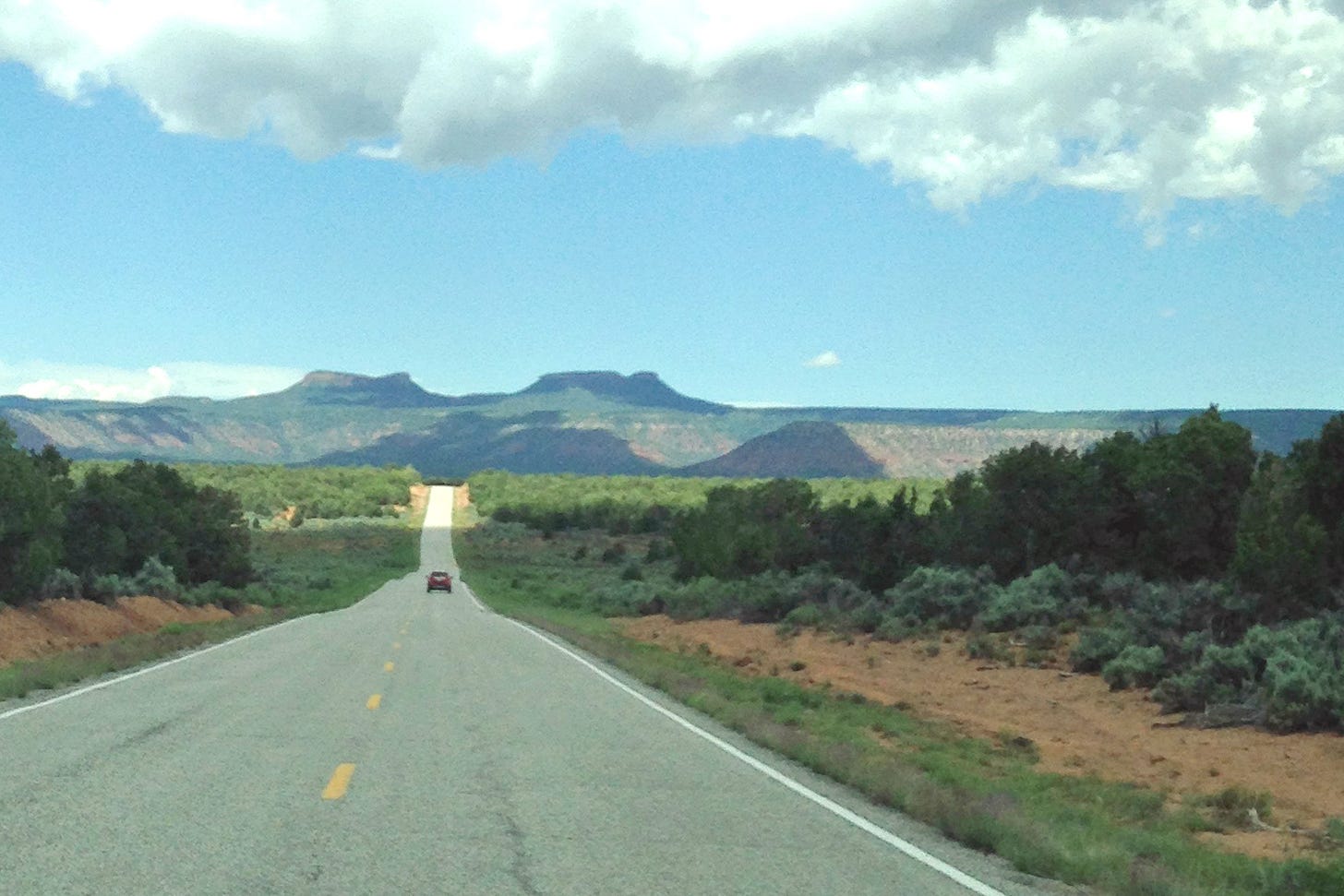Bears Ears Management Plan and other news
Plus: Map Mania, Big Breakdown Ticker, And those stupid foil balloons that wreck the power grid
I’m a bit late to this one, but it’s important: The federal government has begun preparing a management plan for Bears Ears National Monument. And you’ve got about a month more to give your input.
A national monument is established by presidential proclamation, which typically withdraws the lands from future mining claims or oil and gas leases and lays o…
Keep reading with a 7-day free trial
Subscribe to The Land Desk to keep reading this post and get 7 days of free access to the full post archives.


